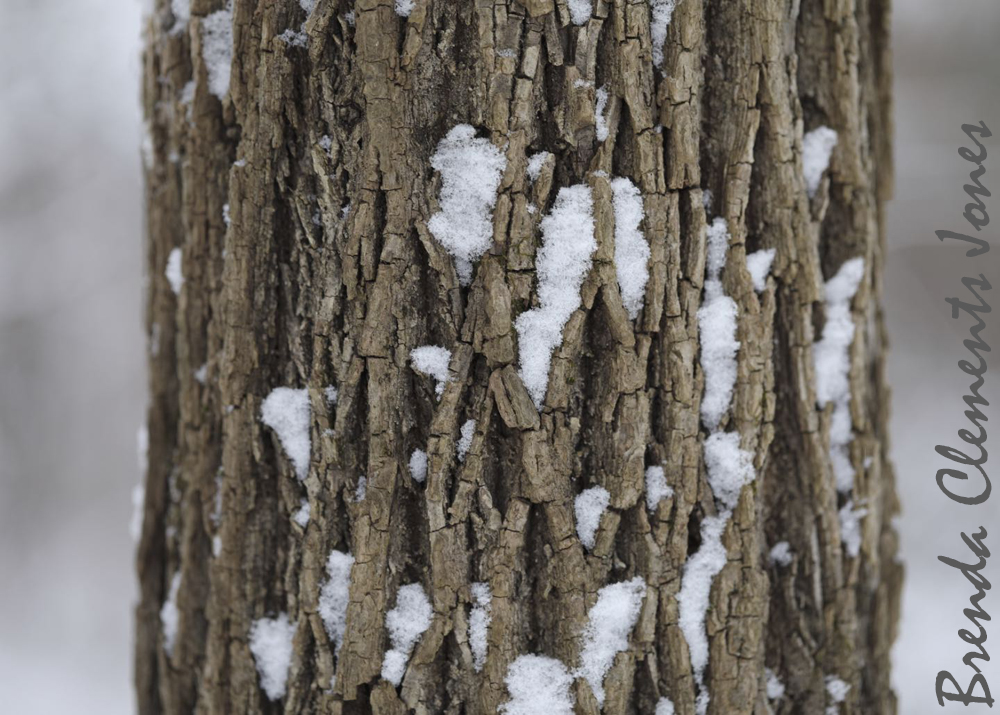-
Wood Frogs
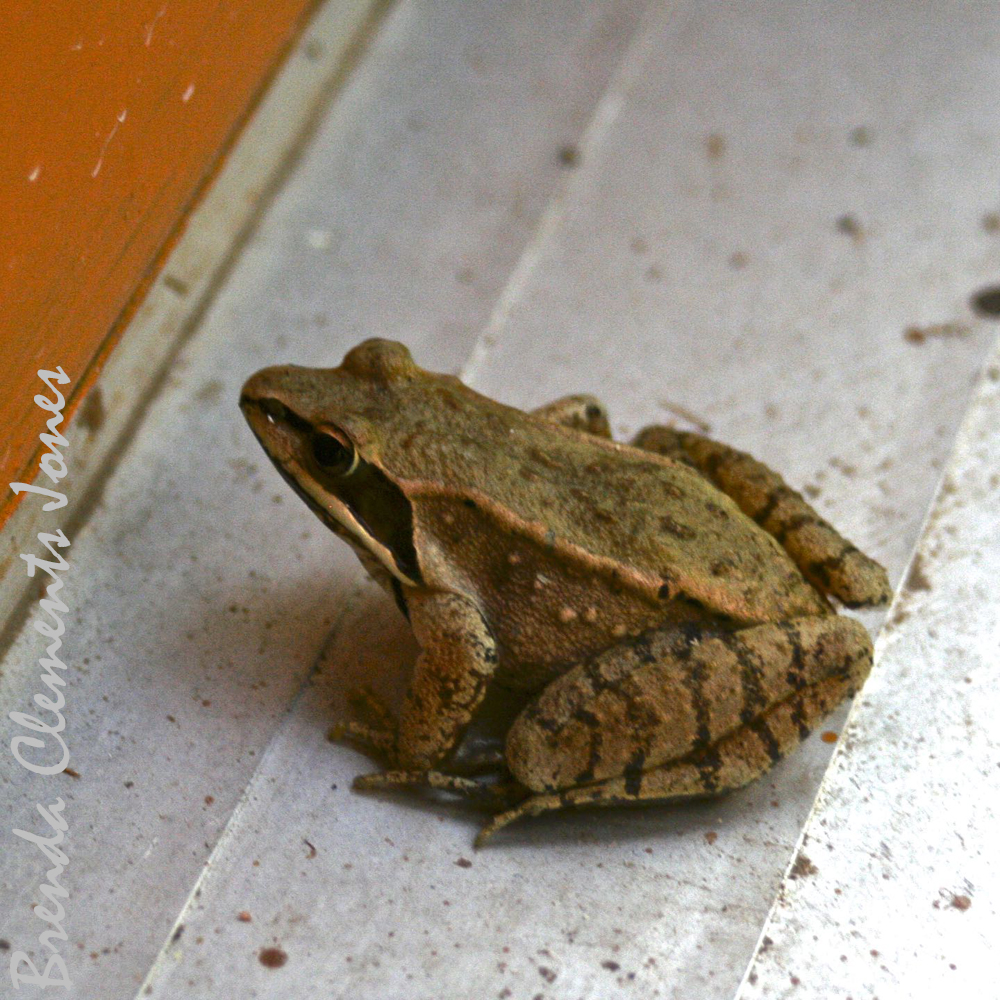
I’m on the watch for the Wood Frogs (Lithobates sylvaticus) to arrive at my little manmade pond. During the cold of winter Wood Frogs hibernate in the soil under leaf litter where their bodies go through freeze and thaw cycles depending on weather conditions. In mid February they awaken from their hibernation and search for…
-
In Praise of Blueberries
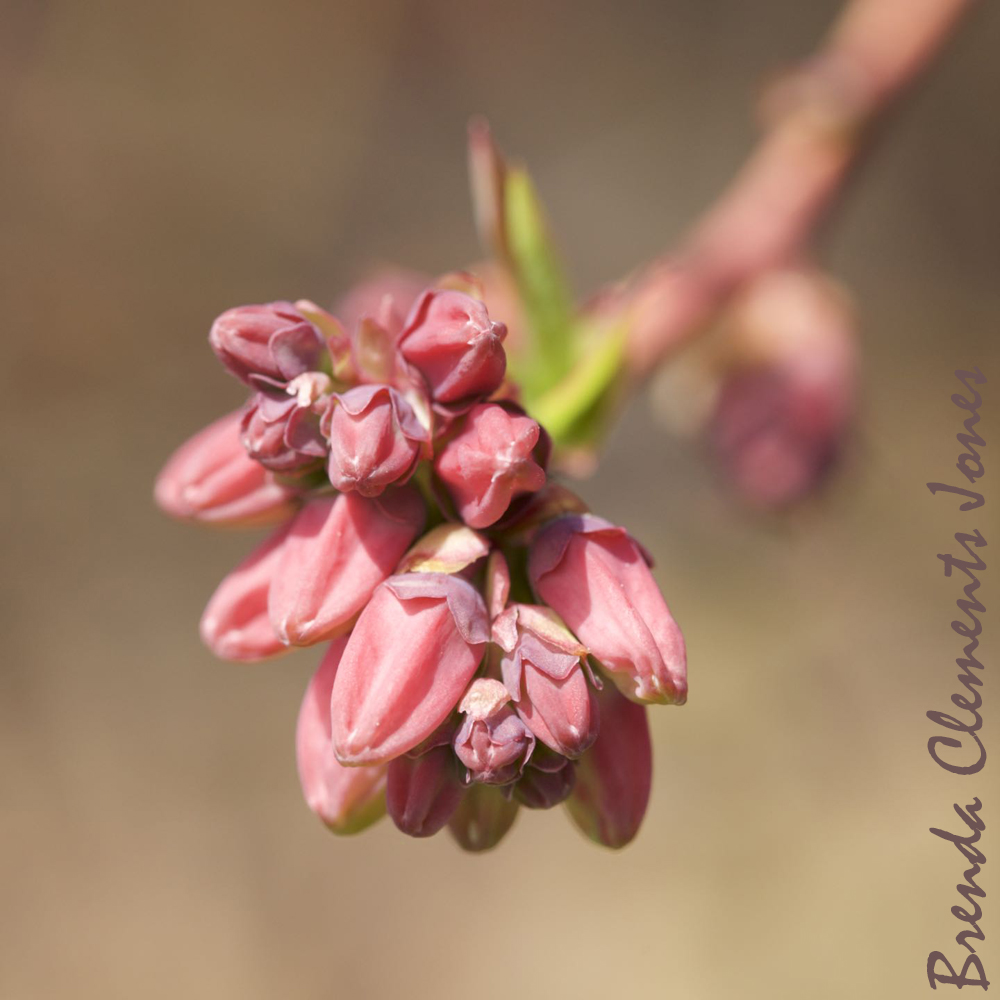
In my yard I’ve got a good number of mature blueberry bushes. Twelve? Fourteen? Enough that I can stock my freezer with loads of quarts of luscious berries to last throughout the year. And the birds? They’re welcome to their share. I love that the berries entice them. Of the birds that come to enjoy…
-
Dark-eyed Junco
I’ve always lived in an area where Dark-eyed Juncos (Junco hyemalis) are called snowbirds, since they migrate to the area for the winter. I had a surprise back in the summer 2014 when I went just a short distance from my cabin, up the mountain, to Shenandoah National Park and saw Juncos enjoying the warm…
-
Downy Rattlesnake Plantain, Another Orchid!
There’s another orchid out there waiting for you. Something to look for as you wander the woods during the winter (when there is no snow on the ground!). An EVERGREEN native orchid. Downy Rattlesnake Plantain (Goodyear pubescens). Native to eastern North America. Actually one of the most common orchids on this part of the continent.…
-
Hermit Thrush
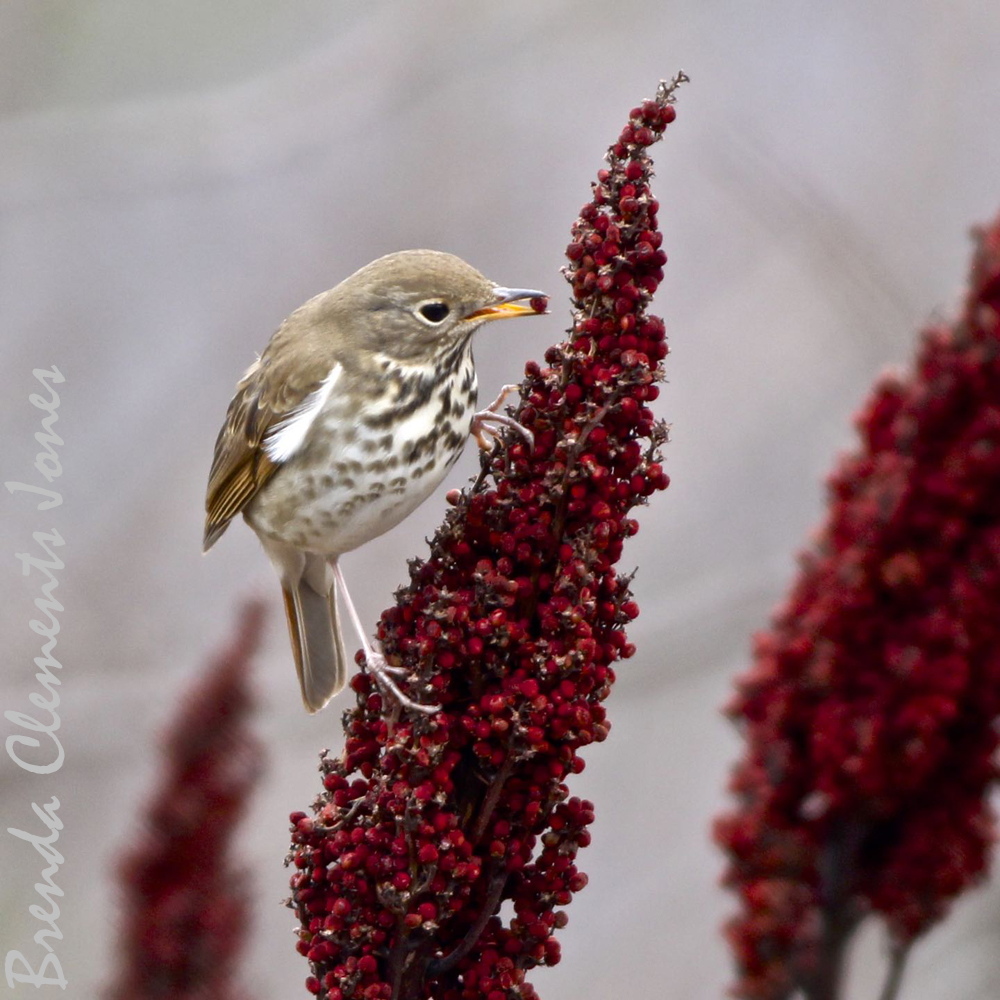
After an absence of a couple months, they’re back at my berries and birdbath again. This is a Hermit Thrush (Catharus guttatus) going after berries of Smooth Sumac, which is a small tree that I really enjoy having in my yard because it attracts such interesting birds. I’ve tried to figure out how to entice…
-
Ash Trees

SNOW! Overnight I got six big inches of snow here at my cabin. Snow to me means photographs. Nature all dressed up in fancy sparkly dress. This afternoon my camera and I got our hiking boots on and went up the mountain. It has been much too long since we’ve been out to take in…
-
Putty Root Orchid
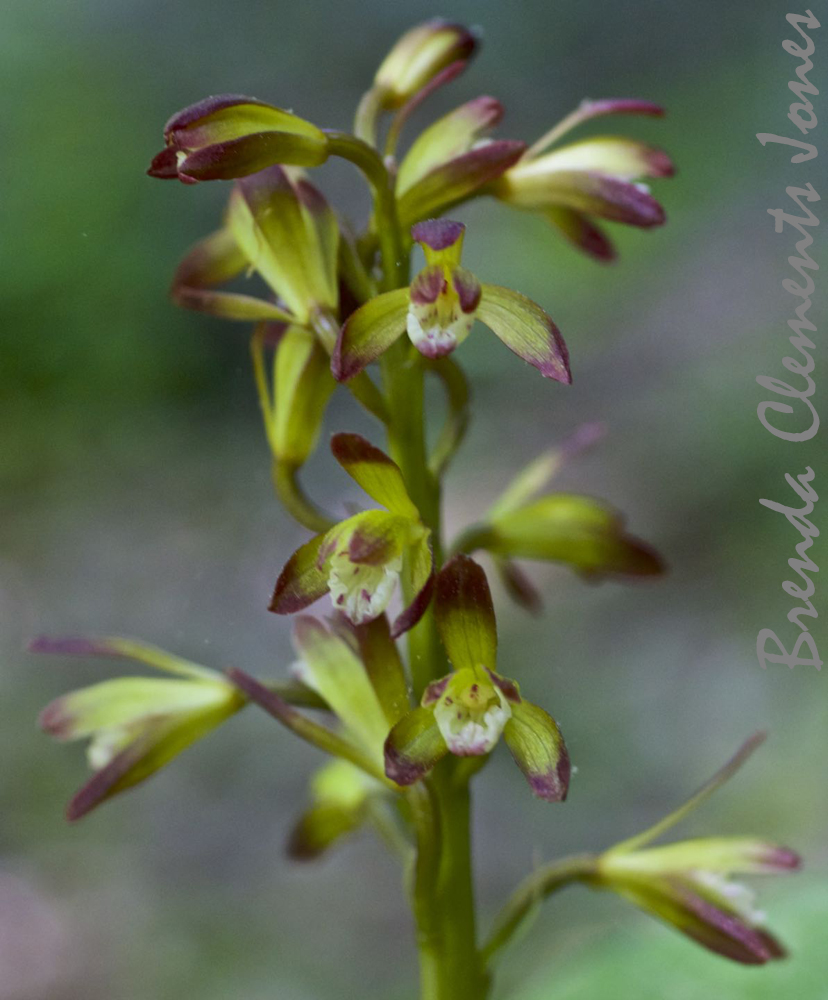
An orchid that is native to eastern and central U.S., and Canada. Putty Root (Aplectrum hyemale). The world of Mother Nature is always filled with surprises. This plant provides one of those surprises. Its growth timing seems backward. In autumn the plant sends up ONE basal leaf to collect dappled sunlight during the fall, winter…
-
Intrepid Daffodil
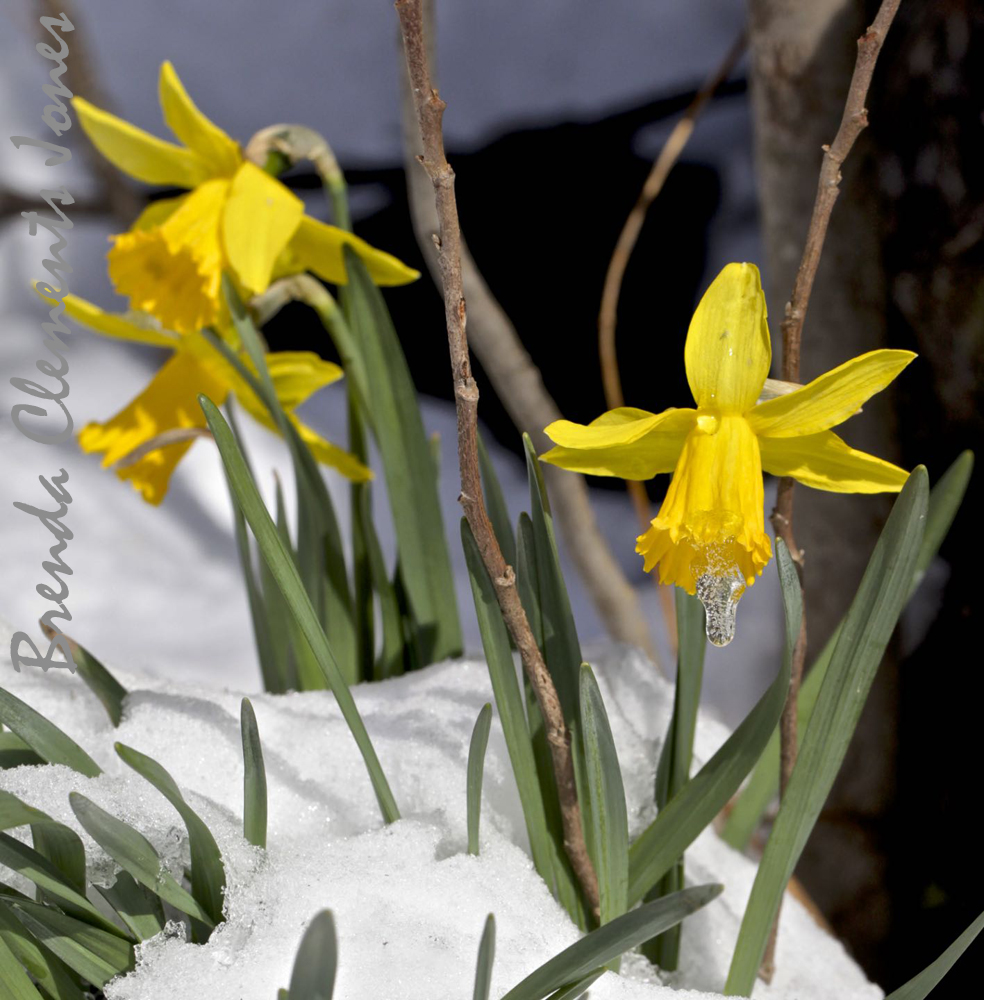
In the garden today – the intrepid daffodil. Sending fingers up to test out conditions. Or perhaps their bulbs are sending up periscopes to see if it’s safe. But for Daffodils things are just fine. They can take most anything. Even snow in late March. Tough as nails they stand up to wintery conditions. Surprise…

